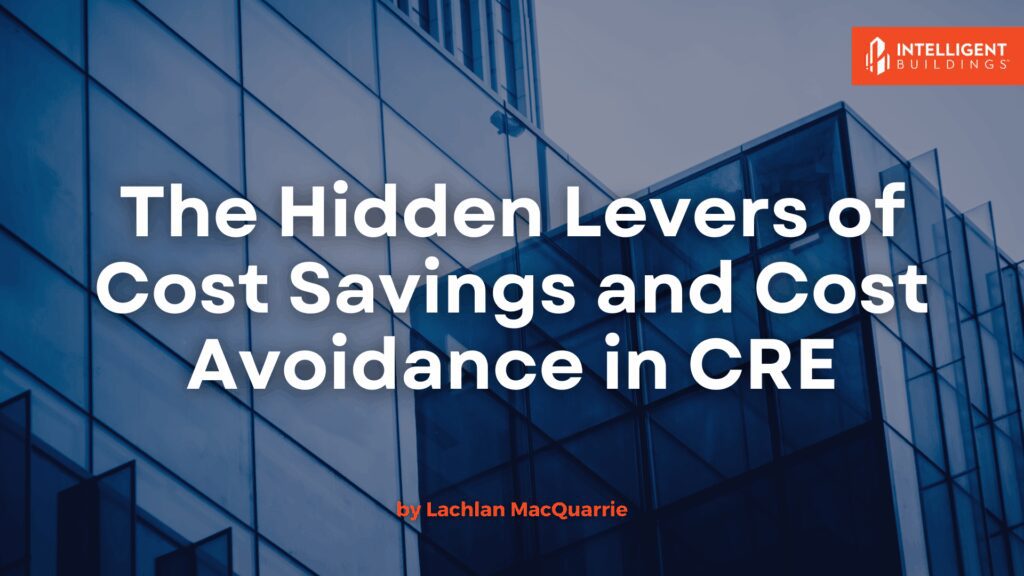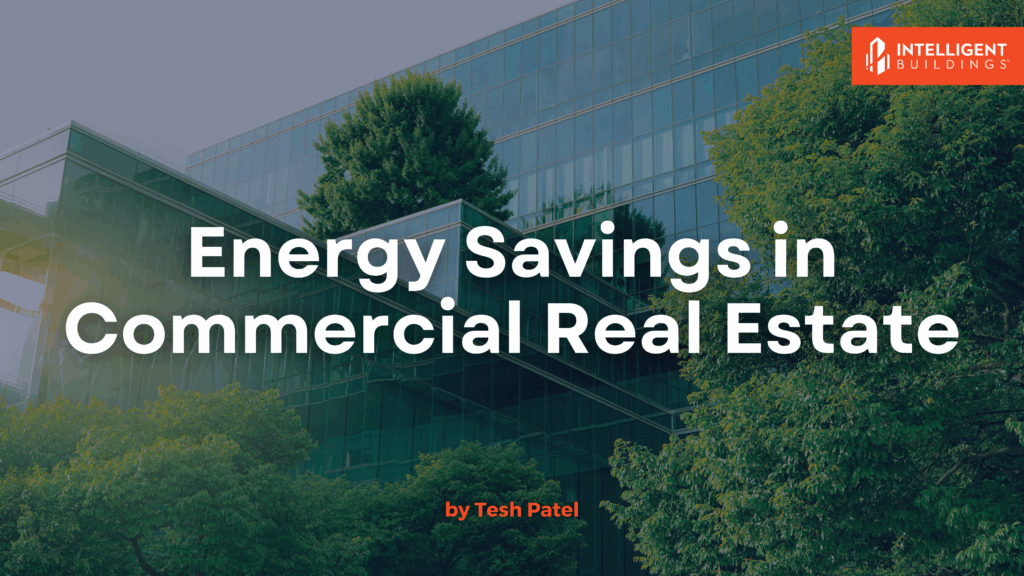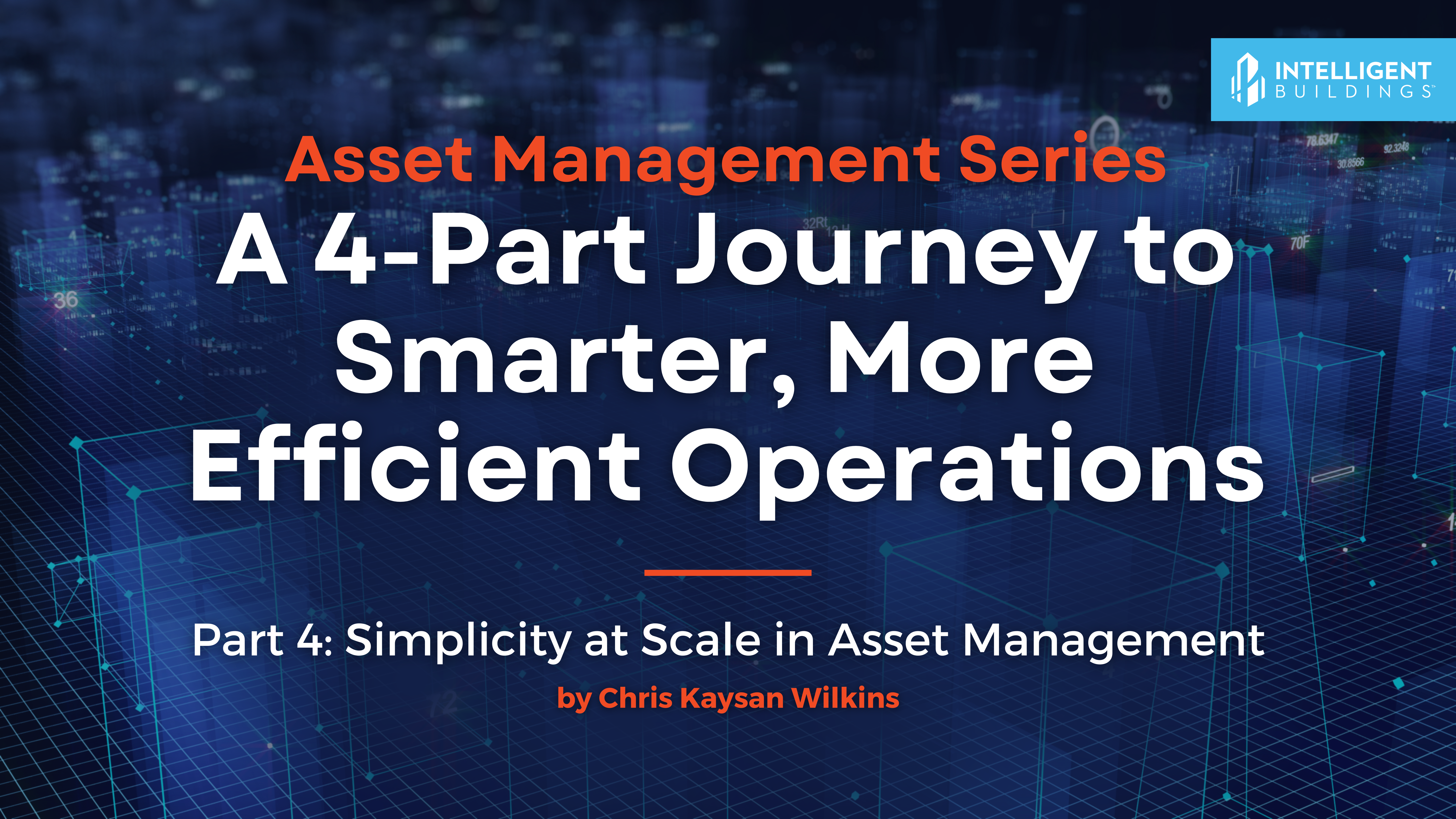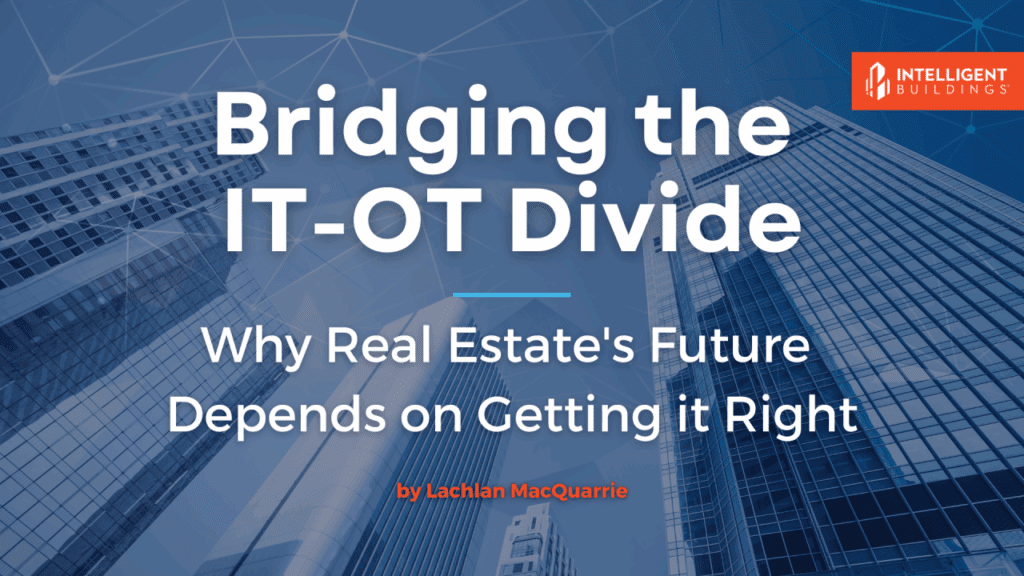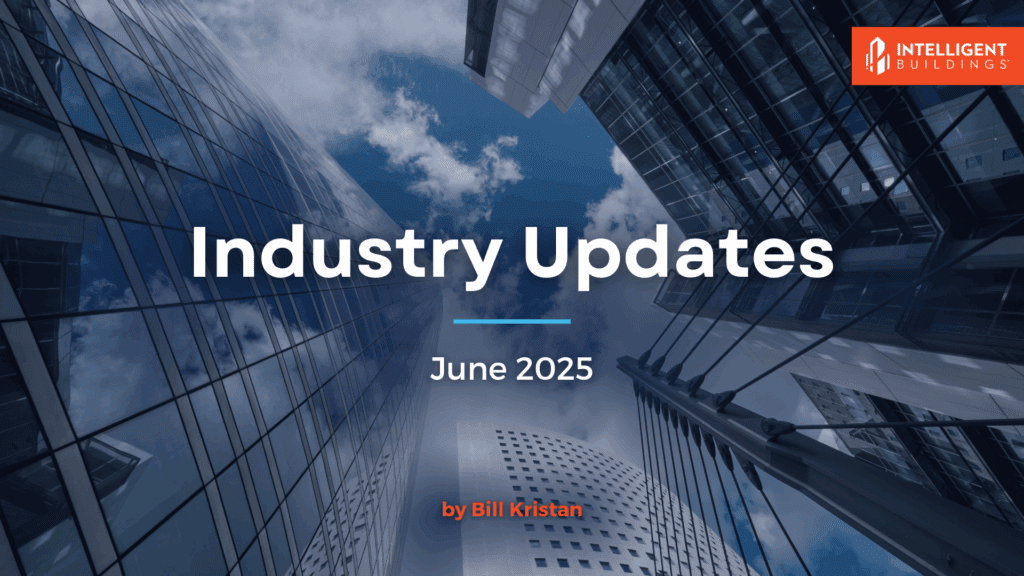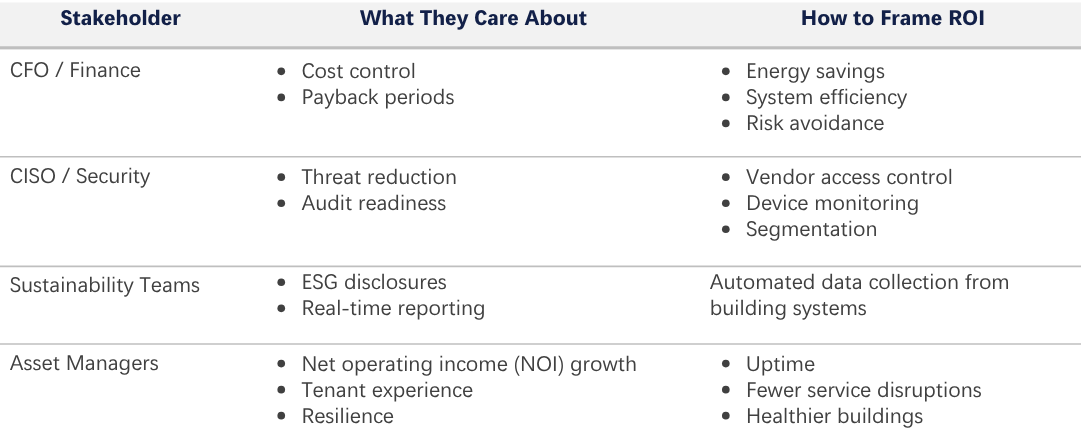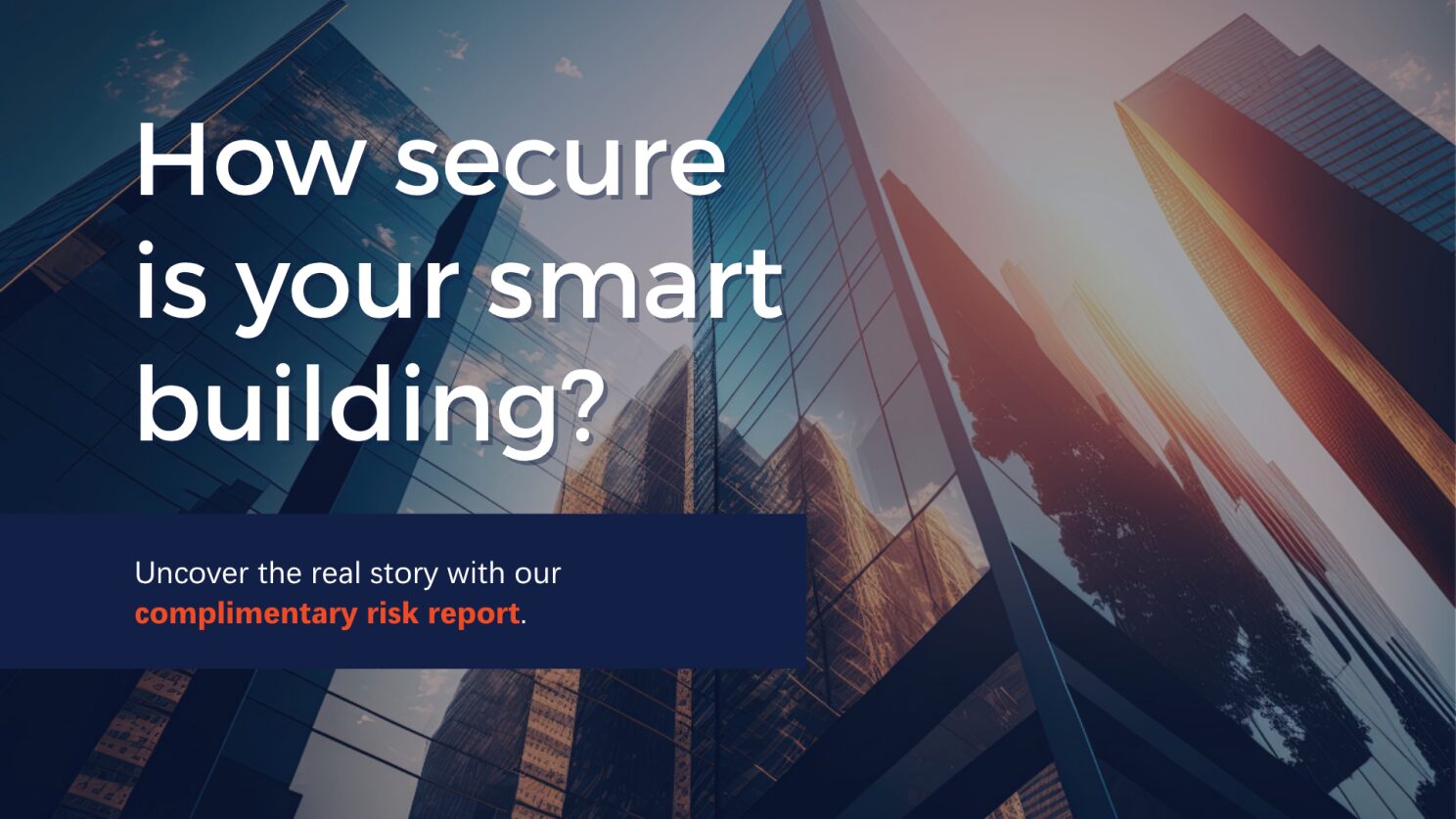
by Andy Schonberger, VP of Client Services
Your Technology May Be Costing You More Than You Think
You’d be surprised by how many hidden costs there are in commercial real estate (CRE), and that they’re common. The biggest issues are spending without value, overspending, and panic spending on unreliable systems that cause you to spend more. You may be spending on maintenance contracts where service providers don’t do anything, but they charge you a service contract value and cost. You could be overspending on trusted vendors—vendors you trust, but you may not know what current competitive market rates are.
You might be overspending. We’ve seen this recently on network management contracts. There’s spend on emergency repairs, where if you were maintaining the systems better or had better insight into your buildings, you could avoid emergency repair costs and reduce the cost of keeping that equipment running. These things impact users when things aren’t running properly: productivity, your building is too hot, or it’s too cold, the bathrooms aren’t clean enough. We see this in retail all the time, which has costs on the actual business.
But even though this is normal in CRE technology, places where this technology is unmanaged with patchwork systems end up have all these hidden costs. The good news?
You can do something about it.
The Path To Finding Savings
Intelligent Buildings (IB) has been in this industry for 20 years, and we see the ups and downs during cycles of CRE technology. Right now, CRE is capital-constrained; everyone’s being asked to cut costs and to make sure net operating income (NOI) is maintained. If your projects don’t drive that NOI, your project is going to be delayed or deprioritized. Many of our customers are asset managers who need to know the asset’s value and to know it’s being improved in the short term.
IntelliNet Optimize is a path to finding savings from that technology complexity and overspend that we see all the time in buildings. We can find those savings for you on an ongoing basis to continue to drive value.
We’re experts in these CRE systems and driving efficiencies from them. Recently we found one customer $100,000 in savings just after one month of looking into the building systems, bills, and cost structure of only one building.
IntelliNet Optimize pays for itself multiple times over to deploy these services, improve the building’s service level, and continue to find more savings.
IntelliNet Optimize Success
Our biggest IntelliNet Optimize success story so far is a repeating pattern in CRE assets. It was in a 300k square foot office tower that was only about five years old since it was fully commissioned with modern technology. The building was managed really well, but it didn’t have someone with the expertise around the technology applied to those systems.
We reviewed bills, contracts, system setup, networks, third-party service providers and contracts, and we quickly found over $20,000 in network management cost savings from just an above market service contract, almost $60,000 in energy management savings, and about $20,000 in labor savings (mostly from sequence optimization).
Looking at the data from the building systems, changing some scheduling, and evaluating demand management strategies added value for the property to not spend on and fix some of those holes instead. That customer can now take some of those savings and reinvest it in making the building more resilient, more productive for occupants, and match their expectations of a building that’s so new.
If you ask me, that’s a pretty impressive and recurring trend that we see in buildings.
We Provide The Expertise
Too many times, we see modern building technology tools go unused due to lack of expertise, or because the team is just too busy. So, they spend again on redundant technology services. That is not what we’re doing; we’re here to guide and inform.
IntelliNet Optimize works by us getting to know your building and your business.
We need to understand your cost structure, so first we do a discovery and technology assessment that rapidly provides value. It lets us understand your vendor mix, your technologies, your spend, your processes, and your people mix. Then, we can figure out ways to support you or recommendations for your vendors to support you. And once we’re agreed on a services structure, we securely connect and integrate your largest energy consuming devices to our services.
We get our tools running to get those analytics, and then we do a sprint to find quick wins—those low or no cost changes. Our team builds trust with your property and asset management teams, and works with your service providers to track the value of those changes.
We also set up regular recurring touch points with you to make sure that these strategies are implemented and properly supported.
More Benefits Than You Realize
There’s so much more that IntelliNet Optimize can do for you beyond cost savings. The benefits of IntelliNet Optimize are really to help you make better decisions about your building and getting the most efficient use out of your building systems.
We can increase your equipment life and help you budget to reduce surprise costs. These services are scalable, so we can give you visibility to a whole portfolio of assets, not just one building or one snowflake at a time. We can help you track and measure things like comfort, and help tell the story to prospective clients, users, and visitors about your advanced management and their productivity being in your space.
IntelliNet also offers other modules that we can add to help you secure, monitor, and manage your building, so you can have power over your portfolio. Learn more at https://intelligentbuildings.com/intellinet-managed-services/.

